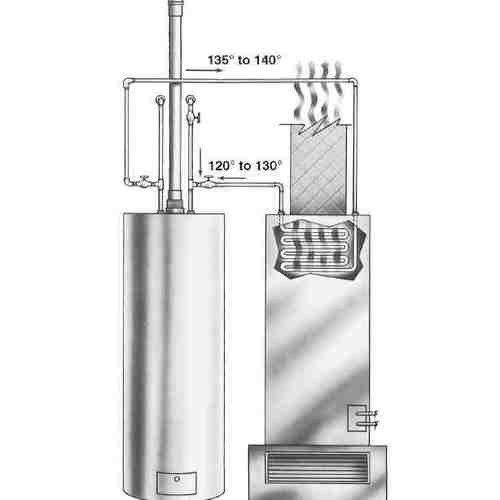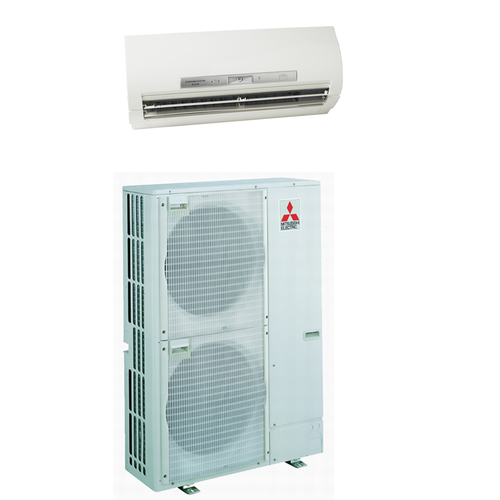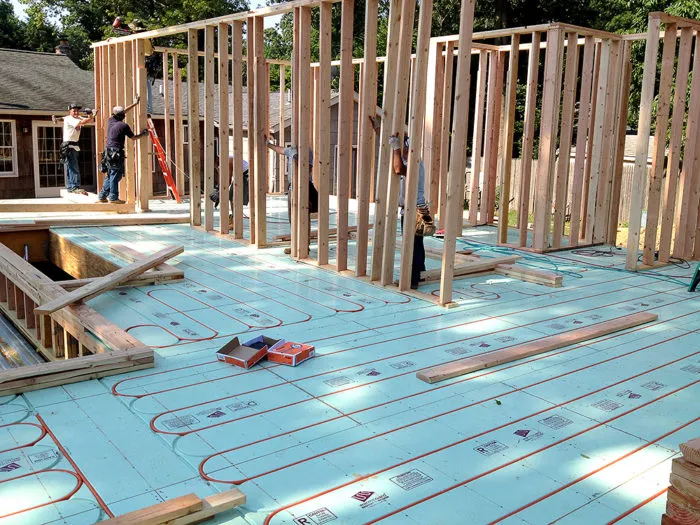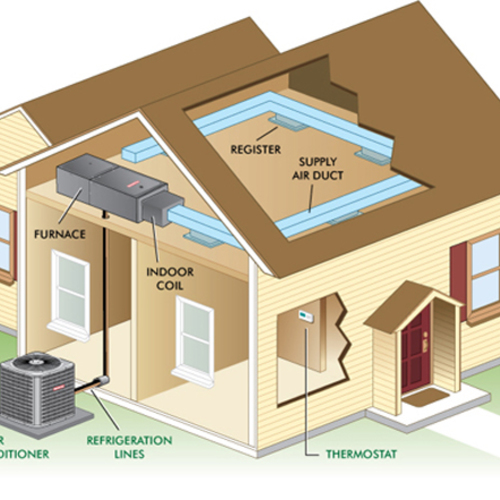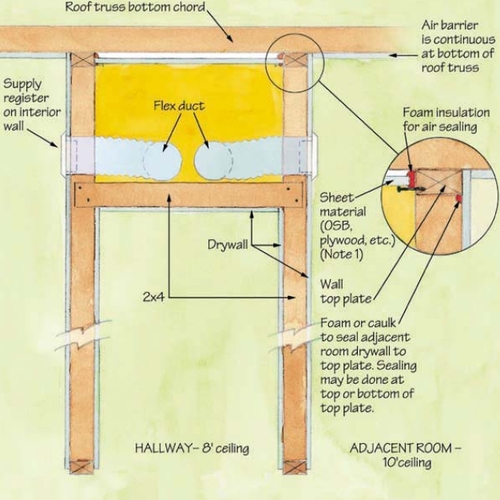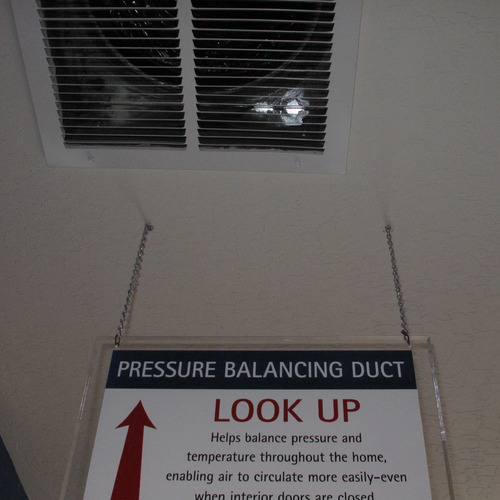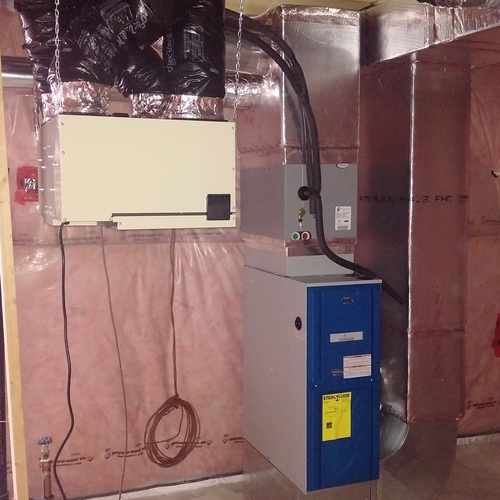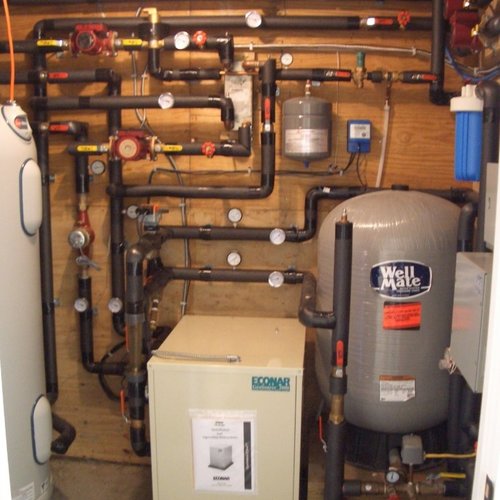
This is a list of the most important GBA articles on heating systems. Green builders usually focus their energies on creating a very well insulated building envelope with low levels of air leakage and high-performance windows. Builders who take this approach end up with a building that needs a much smaller heating system than a conventional house.
If you are looking for an index that spans all categories, with a special focus on “how to” articles, check out this resource page: “How to do Everything.”
-
Heating a Tight, Well-Insulated House
UPDATED on March 2, 2017 with information on the Dettson furnace rated at 15,000 Btu/h. If you build a small, tight, well-insulated home — in other words, a green home — it won’t need much heat. Since typical residential furnaces and boilers are rated at 40,000 to 80,000 Btuh, they are seriously oversized for a superinsulated home, which may have a heating design load as low as 10,000 to 15,000 Btuh.
-
Choosing HVAC Equipment for an Energy-Efficient Home
UPDATED on March 2, 2017 with information on the Dettson furnace rated at 15,000 Btu/h.
-
Using a Tankless Water Heater for Space Heat
You can buy a gas-fired tankless water heater for $600 — or even $300, if you want a bare-bones model. These appliances are remarkable: they are compact enough to hang on a wall and can begin producing an “endless” flow of hot water almost instantly. Many people look at these small appliances and think, “Why can’t I use one to heat my house?” The answer is, you can. However, just because you can, doesn’t mean you should.
-
Mechanical Systems for Low-Load Buildings
Professor John Straube spoke for a whole day at the Building Science Corporation's Experts' Session earlier this month. His topic, a good one for GBA readers, was mechanical systems for low-load buildings. You know that expression about how the information comes at you so fast in some classes that it's like drinking from a firehose? With Professor Straube, it's like trying to drink from a tsunami! The guy has not only a phenomenal knowledge but he's also a fantastic teacher and incredibly witty.
-
Just Two Minisplits Heat and Cool the Whole House
Carter Scott was one of the first builders bold enough to build a cold-climate home heated by only two ductless minisplit units (one in the downstairs living room, and one in the upstairs hallway). Skeptics predicted that the unheated bedrooms would be cold and uncomfortable. Yet Scott was confident that the home’s excellent thermal envelope — with high-R walls, triple-glazed windows, and low levels of air leakage — would keep the homeowners comfortable even when the bedroom doors were closed.
-
Will Minisplits Replace Forced-Air Heating and Cooling Systems?
Because forced-air heating and cooling systems are assembled on site from a great many parts, there are many ways for installers to make mistakes. Researchers have repeatedly shown that a high percentage of residential forced-air systems have major problems, including duct systems that are poorly designed, poorly located, and leaky. Other problems include incorrect refrigerant charge and too much or too little airflow over the cooling coil.
-
All About Radiant Floors
So-called radiant floors have an excellent reputation. Many customers report that this type of heating system is comfortable and quiet. Moreover, some suppliers of radiant floor materials and equipment claim that these systems can save energy. In spite of the purported benefits of this type of heating system, few green homes include a radiant floor heating system. This article will explore why.
-
All About Furnaces and Duct Systems
UPDATED on March 2, 2017 with information on the Dettson furnace rated at 15,000 Btu/h. Many different appliances can be used to heat a house, including boilers, water heaters, heat pumps, and wood stoves. However, most homes in the U.S. are heated by a forced-air furnace. These devices are connected to ducts that deliver heated air to registers throughout the house. Different types of furnaces are manufactured to burn a variety of fuels, including natural gas, propane, oil, and firewood. The most common furnace fuel in the U.S. is natural gas.
-
Keeping Ducts Indoors
If you live in New England, you know that furnaces are installed in basements. But any New Englander who moves to Oregon soon learns that furnaces are installed in garages. And anyone who retires to Texas discovers that furnaces are installed in unconditioned attics. Of course, there are many other examples of similar regional differences in construction practices. But this is one regional difference that matters. New Englanders have it right: furnaces and ductwork belong inside a home’s conditioned space, not in the great outdoors.
-
Return-Air Problems
In homes with a single central return-air grille, return air often struggles to find its way back to the furnace. The result: room-to-room pressure imbalances that lead to uneven room temperatures, comfort complaints, higher energy costs, and even moisture problems in walls and ceilings.
-
Finally, a Right-Sized Furnace
For years, builders of energy-efficient homes have been frustrated by the lack of low-load furnaces. An article I wrote in 2013 about this problem began with this question: “Why are the smallest available American furnaces rated at about 40,000 Btu/h?” A 40,000 Btu/h furnace is likely to be more than twice the size of what is needed to heat a small energy-efficient home. Many homes in this category have a design heat load of only 12,000 or 15,000 Btu/h.
-
Are Affordable Ground-Source Heat Pumps On the Horizon?
My grandfather, William L. Holladay, was a refrigeration and cooling engineer. Decades ago, he wrote a pioneering, speculative article on ground-source heat pumps, “The Heat Pump: What it does, and what it may do someday.” The article appeared in the October 1948 issue of Engineering and Science Monthly. (For a basic explanation of how a heat pump works, and the difference between an air-source heat pump and a ground-source heat pump, see Heat Pumps.)

